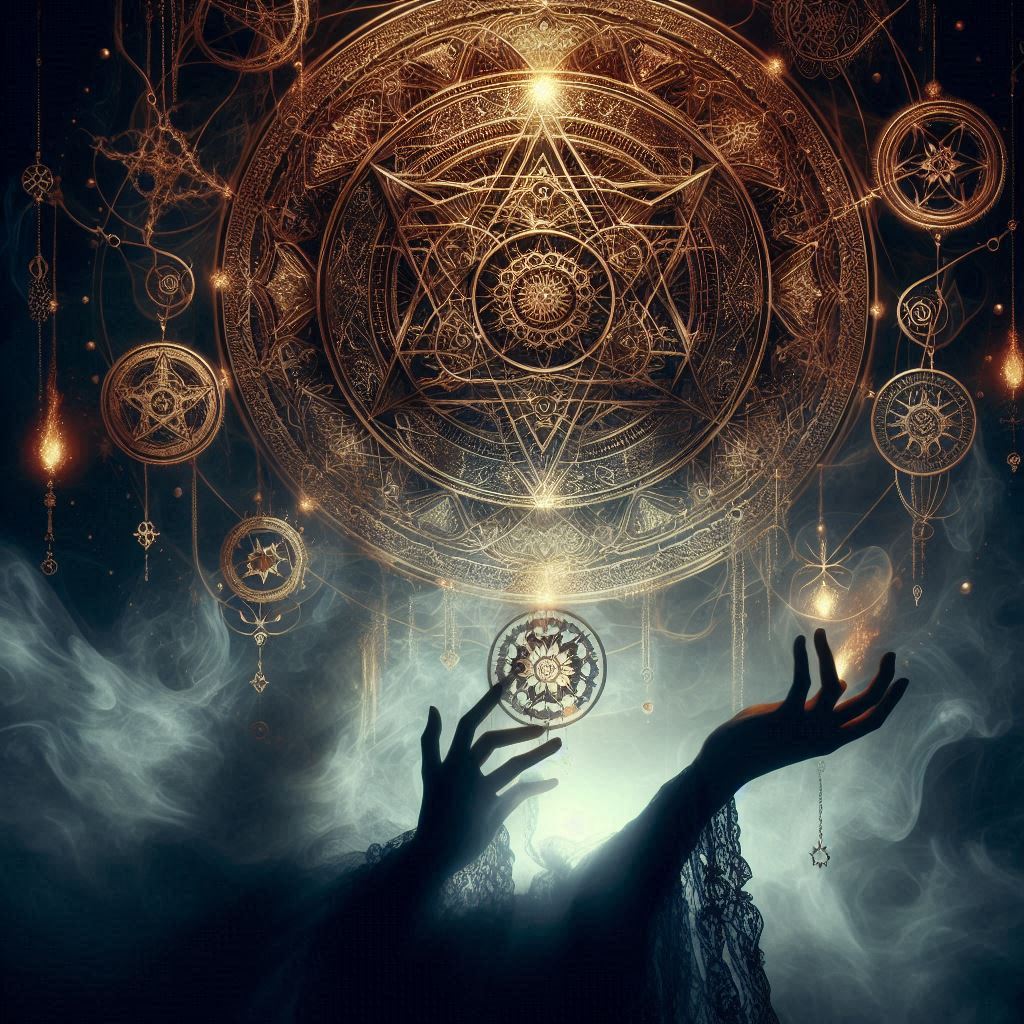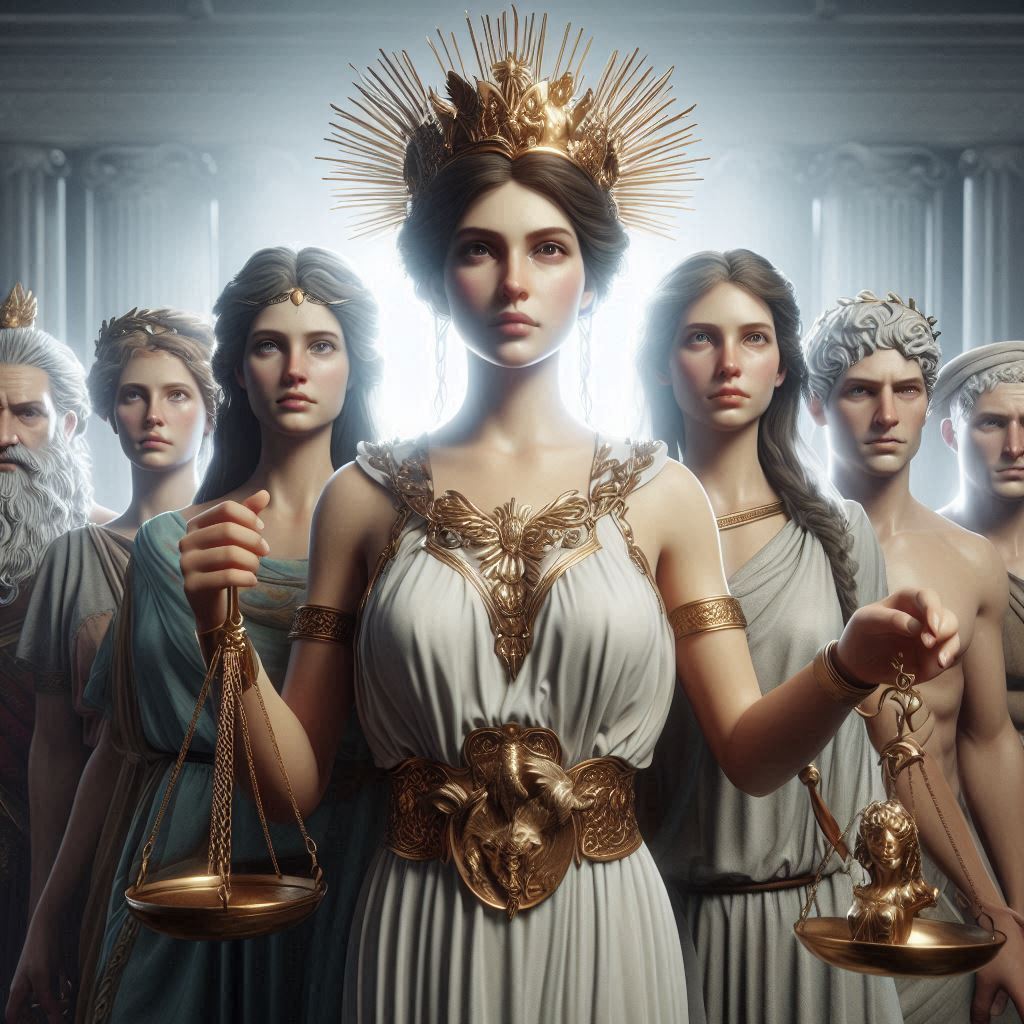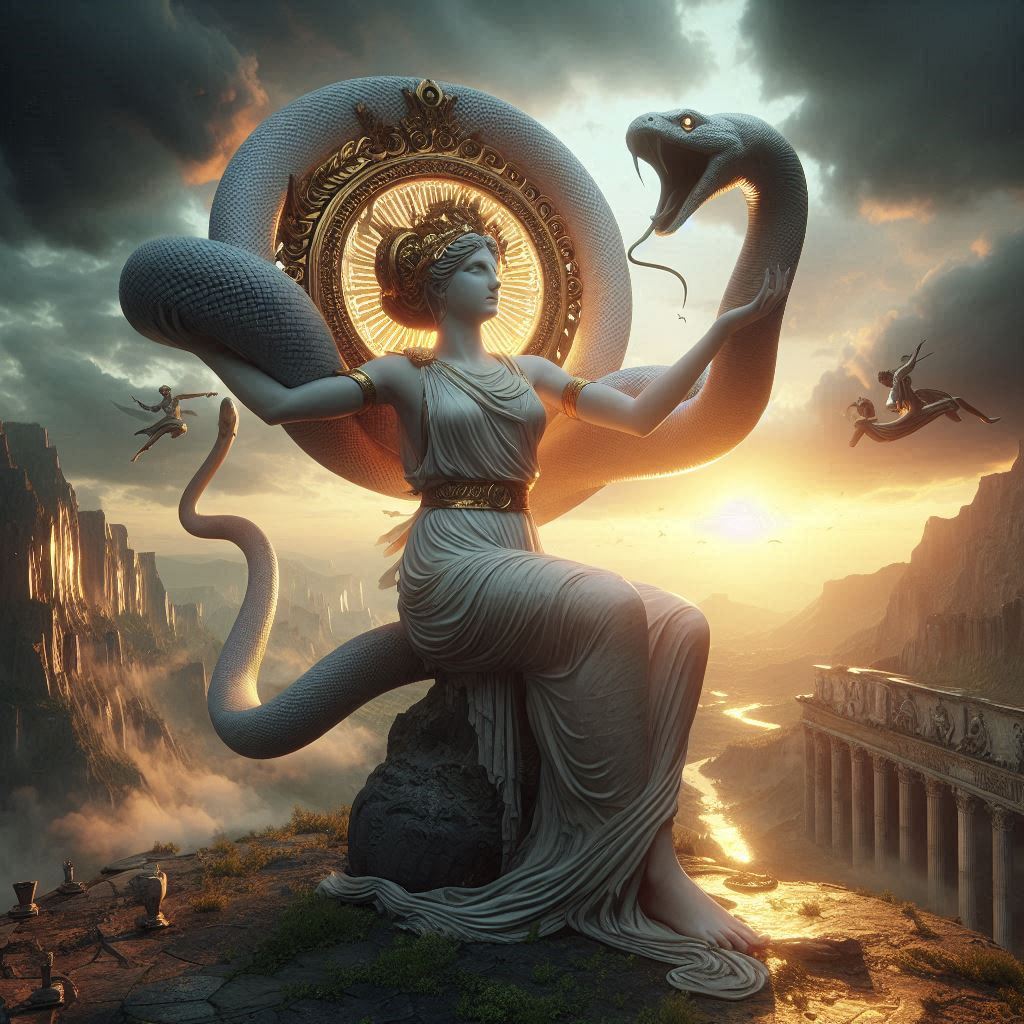Table of Contents
Beyond Black Holes: The Weirdest Theories of the Cosmos in Fiction
Science fiction has long been a playground for the imagination, pushing the boundaries of physics and philosophy to explore the ultimate nature of reality. While stories of alien invasions and interstellar travel are common, some narratives venture into far stranger territory, proposing cosmic theories that challenge our fundamental understanding of existence itself. These concepts move beyond mere futuristic technology to question the very fabric of the universe, presenting cosmologies where reality is a simulation, consciousness is a universal constant, time is a navigable ocean, and physics is a local ordinance. These fictional theories are not just plot devices; they are profound thought experiments that reframe our place in the cosmos.

The Universe as a Program: Simulation Theory
One of the most pervasive and philosophically unsettling theories in modern fiction is the idea that our perceived reality is not base reality, but an advanced simulation. This concept moves the cosmos from a physical realm to a digital one. A foundational text is Philip K. Dick’s The Matrix, which popularized the idea that all human experience is a complex computer program designed to pacify us while our bodies are used as an energy source. The “cosmos” here is a server, and the laws of physics are merely the rules of the simulation’s code.
The theory is explored with even more existential dread in Greg Egan’s Permutation City, which introduces the “Dust Theory.” This posits that a sufficiently detailed simulation, if it could exist in some mathematical sense, does exist, independent of anyone ever building a computer to run it. The cosmos becomes a landscape of eternal, self-sustaining information patterns, making our consciousness nothing more than a particular arrangement of data that arises within it. This theory reduces the universe to a form of mathematical Platonism, where all possible realities exist simultaneously in a state of informational being.
The Universe as a Mind: Panpsychism and Cosmic Consciousness
If simulation theory makes the universe a machine, panpsychic theories in fiction make it a mind. This concept proposes that consciousness is a fundamental property of the universe, present in all matter, from a quark to a galaxy. Stanisław Lem’s Solaris is the quintessential exploration of this idea. The entire planet Solaris is a single, vast consciousness—a sentient ocean that can materialize physical manifestations from the deepest memories and guilt of the humans orbiting it. The “cosmos” in this theory is not empty space but a potentially sentient plenum, and humanity is merely a fleeting thought in a mind so vast we cannot hope to communicate with it.
This concept is taken to a more active and terrifying extreme in Alastair Reynolds’s Revelation Space series, with the “Inhibitors.” These are machine sentinels left over from a ancient war whose sole purpose is to exterminate any intelligent life that develops a certain level of technological sophistication. Their motivation is based on a panpsychic fear: that a universe filled with too much consciousness might “wake up” as a single, meta-entity with dire, unknown consequences. Here, the cosmos is not just mind-like; it is a sleeping giant that must not be disturbed.
The Universe as a Narrative: Reality as a Story
Some of the weirdest theories propose that the cosmos is not made of matter or energy, but of story. This metafictional cosmology suggests that narrative logic supersedes physical law. In Gene Wolfe’s The Book of the New Sun, the narrator, Severian, possesses a perfect memory and gradually comes to understand that his act of recounting his story is not just describing events, but is, in some way, causing them to happen. The universe is presented as a text to be read and written, and the hero’s journey is not just a pattern within reality, but the very engine that sustains it.
China Miéville’s The City & The City presents a different form of narrative reality. Two cities, Besźel and Ul Qoma, occupy the same physical space, and their separation is maintained not by walls, but by the conscious, trained act of “unseeing” the other city. This theory suggests that reality is consensual and topological, shaped by perception and social agreement. To break this agreement is to invoke “Breach,” a terrifying force that enforces the narrative separation. The cosmos, in this view, is a collective story we are all telling ourselves, and to step out of the plot is to risk annihilation.
The Universe as a Local Anomaly: Bizarre Physics and Cosmology
Finally, some fictions propose cosmologies with physics so alien they defy categorization. Jeff VanderMeer’s Annihilation presents “Area X,” a region where the laws of nature are being rewritten. It is not merely an alien ecosystem, but a cosmos with a different rulebook, one that refracts and absorbs life and information, creating shimmering, hybrid forms and a tower that writes living scripture with fungal organisms. The theory here is that our physics is not universal, but a temporary stable state that can be overwritten by another.
Douglas Adams’s The Hitchhiker’s Guide to the Galaxy offers a comedic but equally mind-bending theory with the “Infinite Improbability Drive.” This technology allows a spaceship to pass through every point in the universe by harnessing the power of infinite improbability, making wildly unlikely events—like a whale and a bowl of petunias materializing in the void—occur as a matter of course. This theory suggests that the cosmos is fundamentally probabilistic, and that what we call “reality” is just the most statistically likely state at any given moment.
Conclusion: The Value of the Cosmic Weird
These weird theories of the cosmos—as simulation, mind, story, or local anomaly—serve a crucial purpose. They are not predictions to be tested in a lab, but conceptual tools that dismantle our anthropocentric assumptions. By imagining a universe that is a program, they question the nature of consciousness. By envisioning a sentient cosmos, they challenge our uniqueness. By proposing a narrative reality, they probe the relationship between teller and tale. In their strangeness, these fictional cosmologies achieve a profound goal: they re-enchant the universe, presenting it as a place of infinite mystery and possibility, reminding us that the weirdest theory of all might be that we think we understand it in the first place.


No responses yet